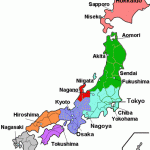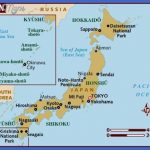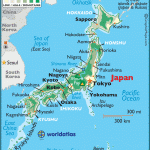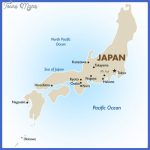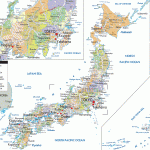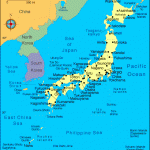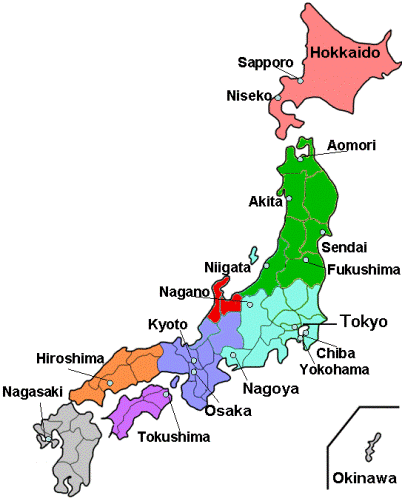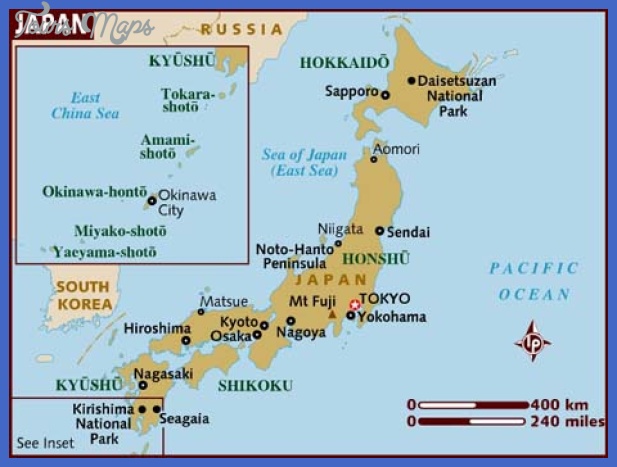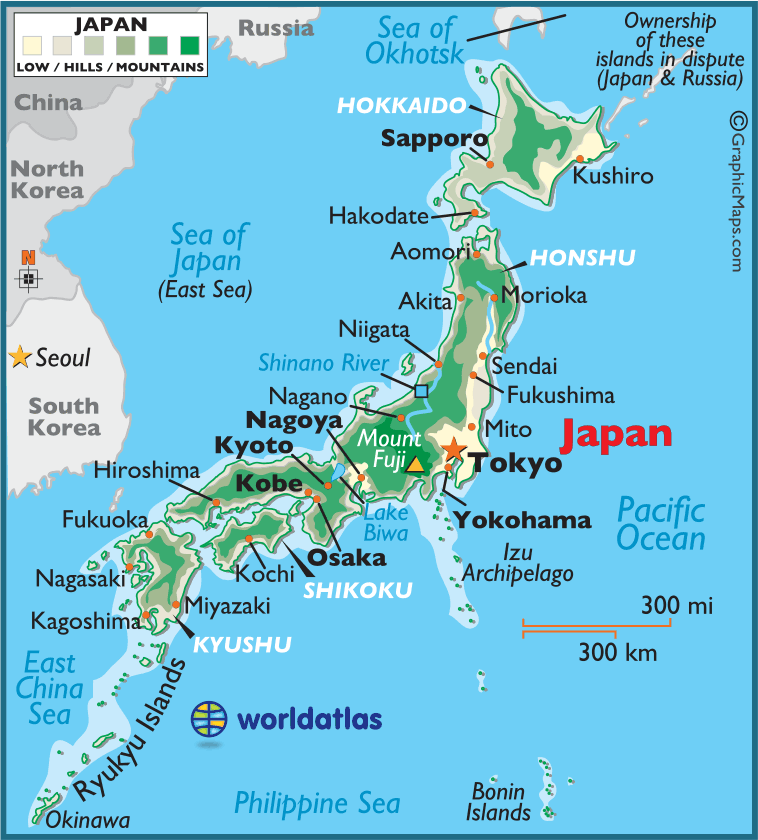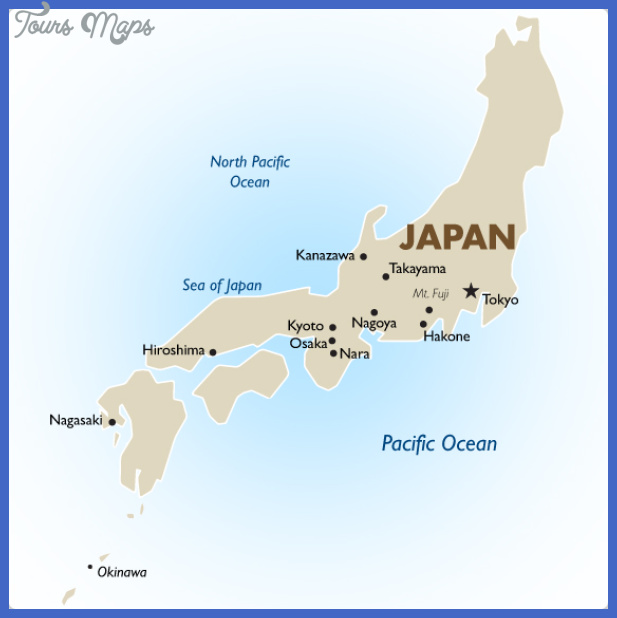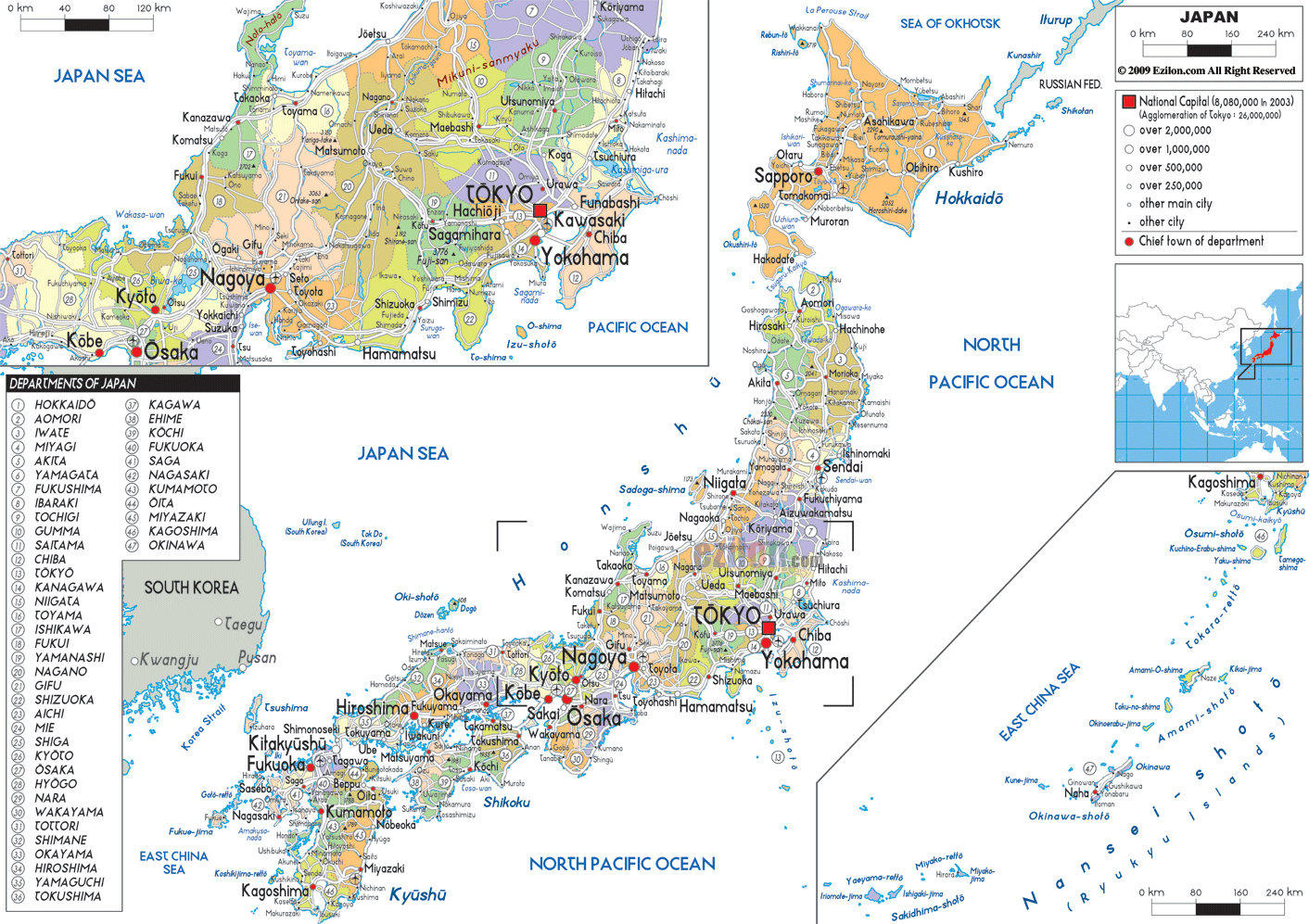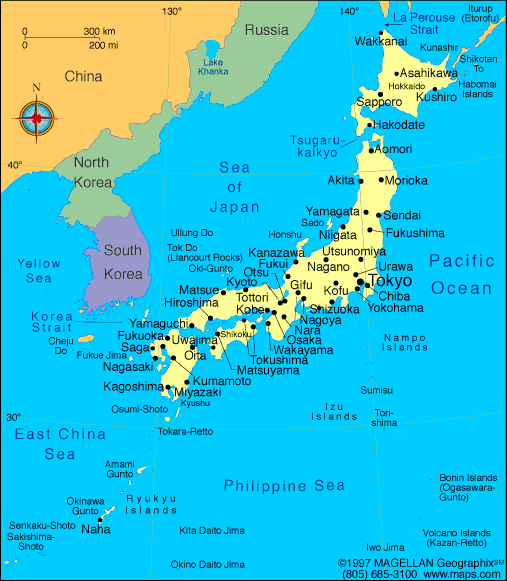Tokyo and Osaka are the major gateways for air and ship travel to and from Japan. Tokyo is by far the largest and the major gateway to Asia from the United States. The American visitor is likely to leave from San Francisco or Los Angeles and travel a great circle route via Alaska, a distance of about fifty-two hundred miles. Honolulu to Tokyo is thirty-nine-hundred miles, and a stopover in Honolulu is a pleasant way of breaking the journey from the continental United States. Because the international dateline is crossed during the trip, the time difference between the U.S. West Coast and Japan is seventeen hours. When it is 9:00 a.m. Pacific Standard Time on a Monday in San Francisco, it is 2:00 a.m. the next day, Tuesday, in Tokyo.
Travel growth, in and out of Japan, between 1965 and 1981 has been phenomenal, possibly the greatest in any large nation. Several years the increase exceeded 40 percent. In 1965, 366,649 visitors came to Japan. The figure was 1,583,043 in 1981. Japanese traveling out of the country rose from 158,827 in 1965 to over four million by 1979. U.S. residents contributed the largest number of visitors to Japan, about 27 percent of the total, followed by Taiwan and the rest of Asia. Male visitors outnumbered females two to one, because so many of the trips were for business purposes.
Spring and autumn provide the best climate for visiting the country. June is rainy; September, the typhoon season. The summer is hot and humid. Winters can be cold and overcast. Mean temperatures in Tokyo and Kyoto range from about thirty-nine degrees in winter to seventy-seven degrees during the summer. Japan’s rivers are short and quick-flowing after rains. Lakes and hot springs contribute to the scenic beauty. Unfortunately Japan experiences earthquakes, typhoons and volcanic eruptions.
The pleasure visitor usually begins his trip in Tokyo, then goes on to Kyoto and Osaka. Travel information and reservation assistance can be had in the Tourist Information Center (TIC) at Yuroku-cho in Tokyo. Tourists using the center are full of praise for the cordiality and services offered. A Tele Tourist Service, a taped information service, gives tourist information including the events of the week. In Kyoto a TIC office is located to the left of Kyoto railroad station. A weekly English-language newspaper distributed in Tokyo hotels provides entertainment and shopping suggestions as well as other practical information such as how to use a Japanese-style toilet (a hole in the floor designed to work only when the user faces the wall. Negotiating one any other way makes for an unpleasant surprise.)
Japan Map Photo Gallery
Maybe You Like Them Too
- The Best Cities To Visit in The World
- World’s 10 Best Places To Visit
- Coolest Countries in the World to Visit
- Travel to Santorini, Greece
- Map of Barbados – Holiday in Barbados

